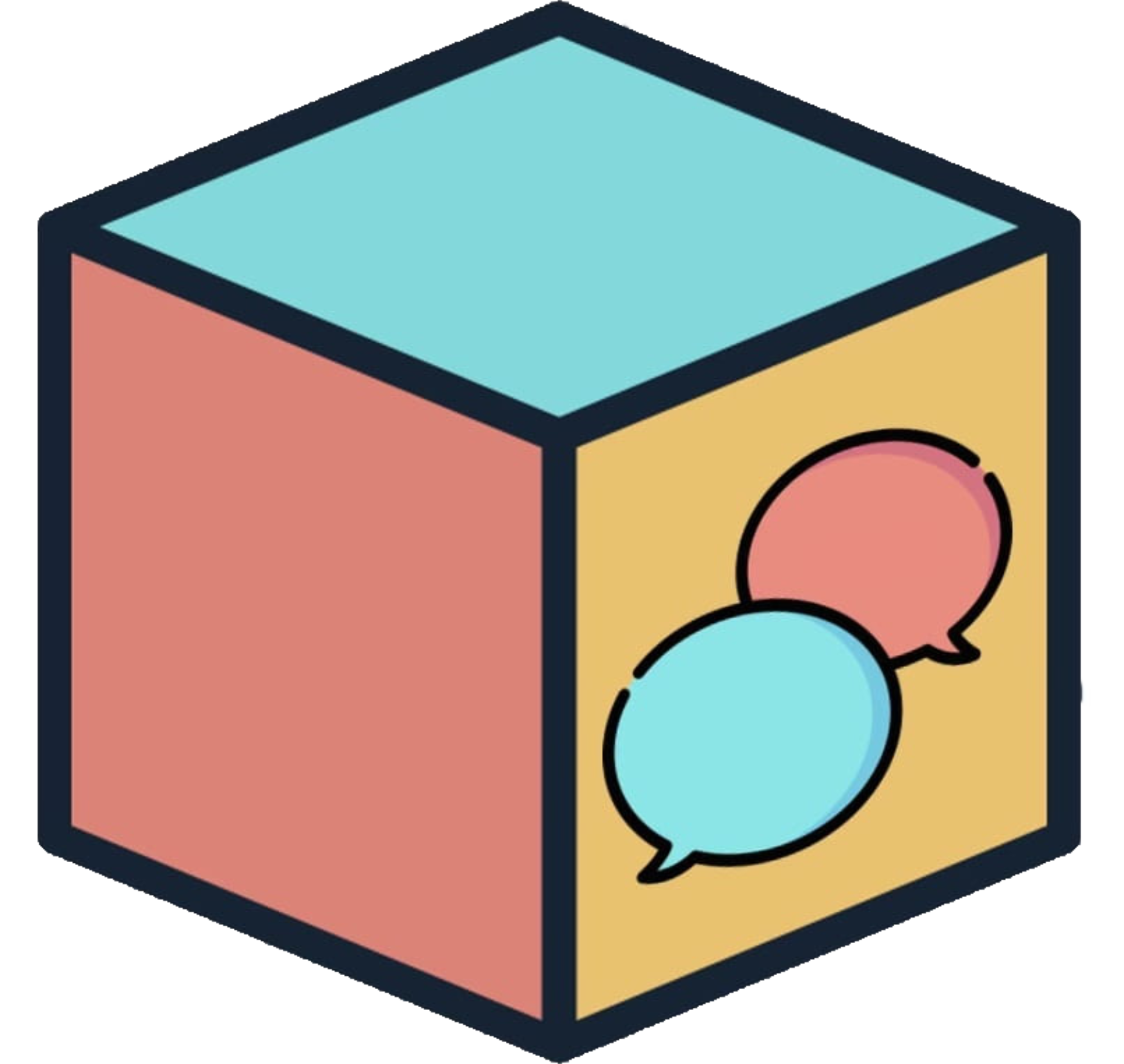How to Use This Toolkit
Organization, Audiences, Professional and Development Opportunities
Toolkit Organization and Ways to Navigate
Toolkit Tour: The home page introduces the toolkit, explaining its purpose and audience. In ecosystem building we define the concept, explain some key dimensions, and provide context for ecosystem building work in institutions of higher education, as well as relevant definitions.
You are on how to use this toolkit now, with explanations and instructions for the resource. The heart of the toolkit is the framework, where you will find extensive resources centered on conversations and building the networks that are vital to ecosystem building. In join, we invite you to join the C•CUBE community for ecosystem builders and supporters, hosted by the Ecosystem Building Leadership Network.
There are several ways to navigate the toolkit: First you may navigate via the framework page for ecosystem building tools and find the relevant area that you want to explore. Additionally, a list of conversation guides is available. You may also use site search (the magnifying icon at top right) to find resources.


Intended Audience
The primary audience for this resource is the higher education community, defined broadly and including colleges and universities across all categories and nation-wide, 2-years, community colleges, small liberal arts colleges, regional comprehensives, research universities, public and private, etc. Individuals in any role and from any part of the institution can potentially benefit from the resources—it is a premise of the toolkit that everybody can be involved in ecosystem building—this is not something that is limited to a specific department such as an entrepreneurship center or a tech transfer office. In fact, ecosystem building for higher education institutions can benefit from understanding how the internal ecosystem works.
Some potential roles in higher education institutions that we hope can benefit from the toolkit:
- Directors and staff of economic development departments
- Engagement and outreach professionals
- Community liaisons
- Workforce development program stakeholders
- Entrepreneurship education faculty, administration, staff and students
- Tech transfer and commercialization staff
- Intern and mentor program stakeholders
- Higher ed institution leadership
- Strategic communications professionals
The toolkit will also provide resources and experiences for ecosystem stakeholders and participants who are not directly connected to a higher education institution (for instance, in an employment, governance, or enrolled student role), but who are participating in, and/or supporting entrepreneurial ecosystem building in contexts where higher education has an existing or potential role to play.
Examples of these stakeholders:
- Ecosystem leaders and policy directors
- Institutional stakeholders who are intentional about ecosystem development.
- Funders
- Policy makers at all levels (local, regional, state, national)
- Economic Development Organizations
- Venture Development Organizations
- Chambers of Commerce
- People responsible for partnership development
- National stakeholders and membership and service organizations (NACCE, UEDA, APLU, other partners)
- Policy other leaders including elected officials in ecosystems
- Entrepreneurial Service Organization (ESO’s)
- Incubators
- Accelerators
- Businesses across multiple sectors
Scenarios for Individual Use, Organizational Use, and Professional Development Offerings
The toolkit has been designed for flexible use. Equitable Entrepreneurial Ecosystem building happens in multiple contexts and through both individual and collective activities. Many of the resources can be used in multiple contexts. Here are some sample scenarios:
For individuals who are working in ecosystem building, reviewing background and context of ecosystem building themes and stages can provide a grounding that helps illuminate the key topics. The conversation guides can be used as scaffolds to begin thinking about the discussions that are necessary to start ecosystem building—some find that it’s useful to use them as a ‘self-study tool’ answering the questions prompts themselves before working with them with others. Individuals may also want to bookmark specific topics that are relevant in their contexts as well as participate in the community.
Organizational use is likely the most typical scenario, and in this case, we expect that specific topics and related tools will become the basis for strategic work of a group of stakeholders at a higher institution. They will work with the conversation guide and other resources and build this into a plan for creating the interactions with existing and potential ecosystem partners. The conversation guides were designed with this kind of work in mind: they lay a framework for doing the work of ecosystem building that is specifically tuned to the needs and contexts of higher education.
Professional development use cases are also feasible. The level of knowledge and buy-in about equitable ecosystem development often varies within institutions. As ecosystem builders begin their work at a college or university, it’s possible that they will want to provide an “ecosystem building 101” educational experience for their colleagues. Many of the tools will be useful for this, and we encourage you to shape the resources into the forms that best serve your needs.
